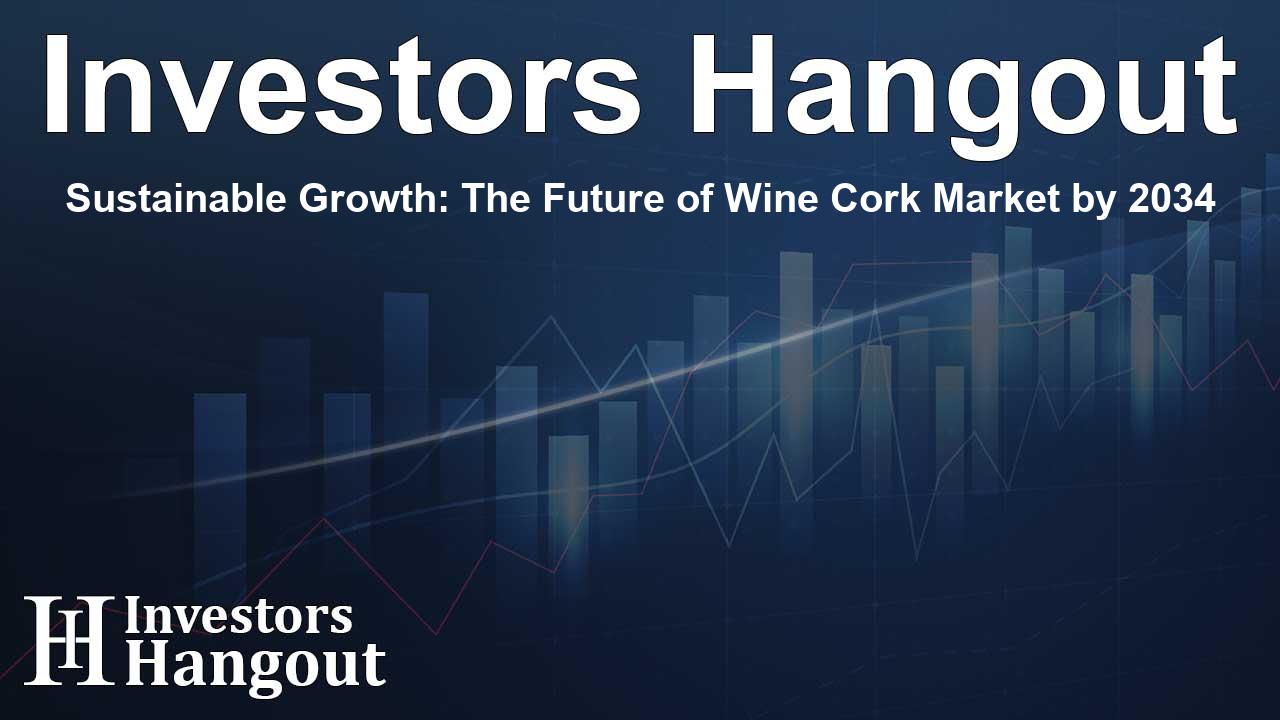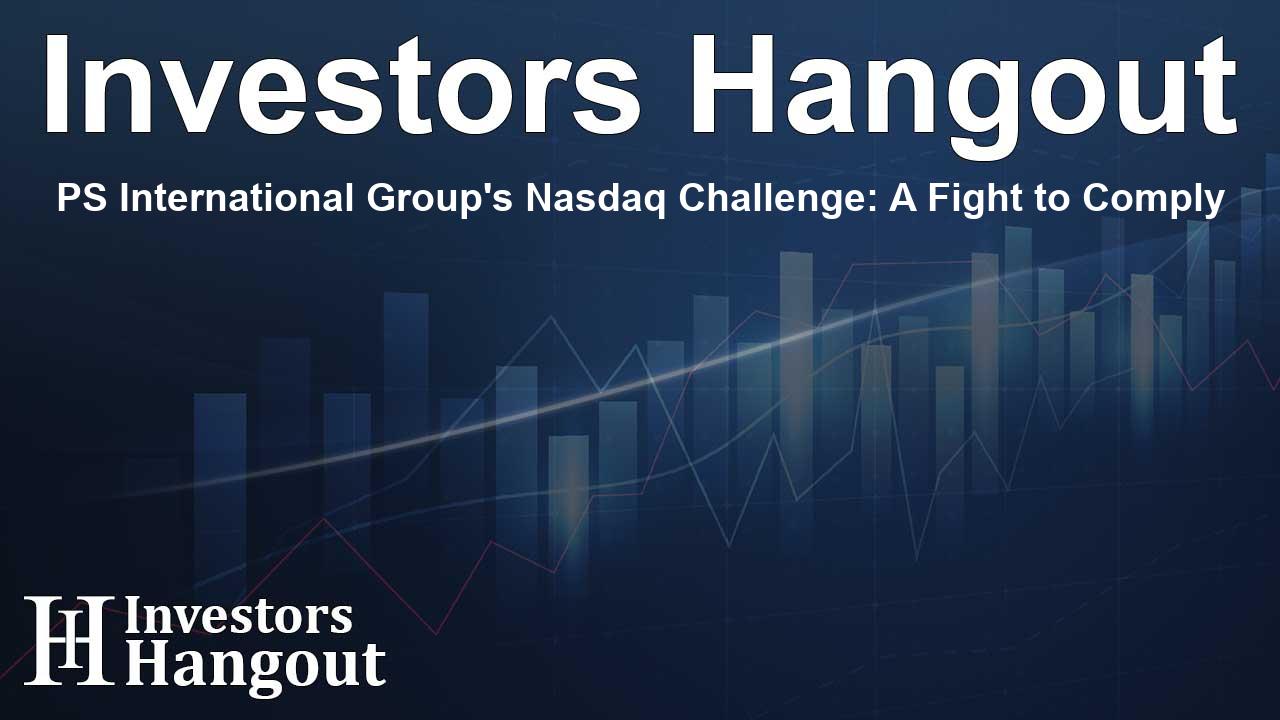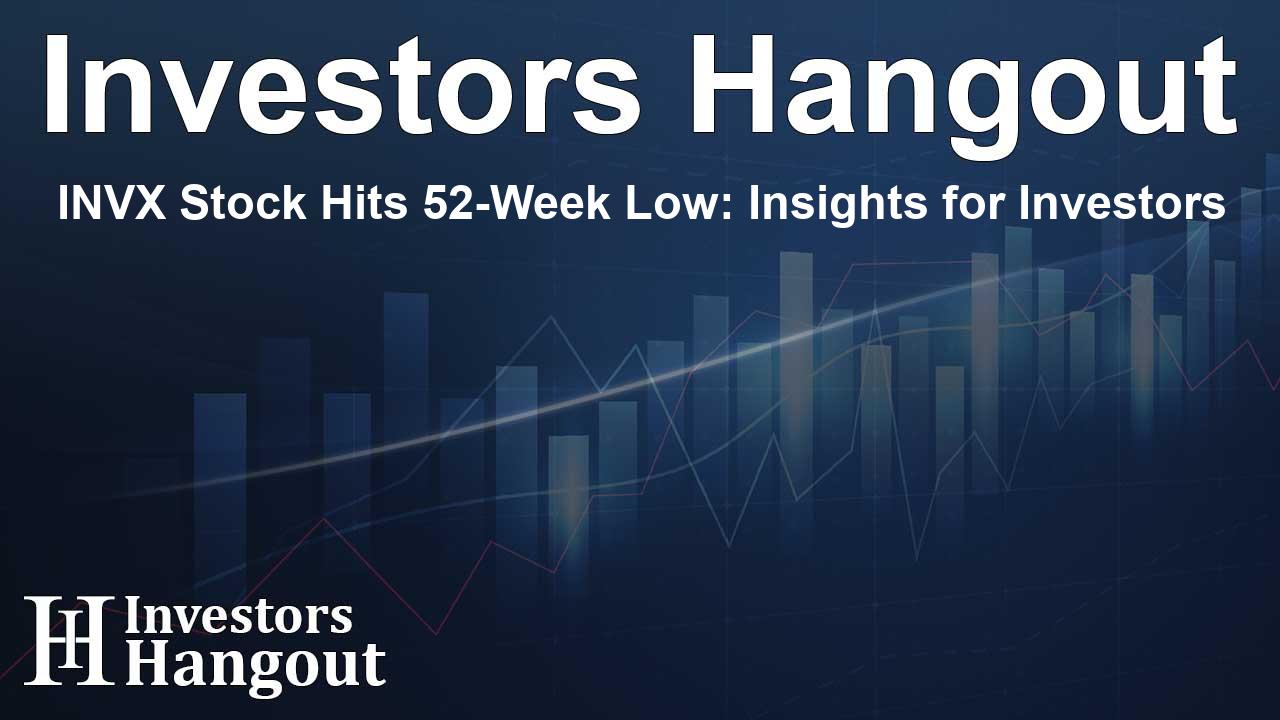Sustainable Growth: The Future of Wine Cork Market by 2034

Exploring the Future of the Wine Cork Market
The wine cork market is on a promising trajectory, expecting to achieve an impressive USD 260.2 million valuation by 2034. This highlights a significant increase from the projected USD 201.3 million in the coming years. This growth reflects a compound annual growth rate (CAGR) of approximately 2.6%, showcasing the rising demand for both traditional and sustainable cork solutions.
Demand for Natural Cork
Leading the way, natural corks currently dominate the market, holding more than 67.9% of the market share by volume. The remarkable properties of natural cork, particularly its ability to allow oxygen to interact delicately with the wine, play a pivotal role in the aging process. This interaction not only enhances the complexity of flavors but is essential for creating high-quality wines.
Growth in Wood-Based Cork
The appeal of wood-based cork is also rising, with projections indicating a market value of approximately USD 75.5 million in the near future. The unique cellular structure of wood cork ensures a robust seal, preventing leakage and maintaining wine quality while aligning with the trends of reducing waste by promoting recyclability and the principles of sustainable packaging.
Segment Insights: Red Wine Surge
The red wine segment is particularly noteworthy, forecasting sales of USD 114.5 million by 2034. Factors influencing this growth include heightened consumer awareness of the health benefits associated with red wine, notably the presence of antioxidants like resveratrol, which supports cardiovascular health. This insight draws in health-conscious consumers, eager to make informed choices.
Sustainability Driving Market Trends
As consumer consciousness around sustainability rises, the wine cork market is embracing eco-friendly practices. Producers are now prioritizing sustainable cork options, recognizing that environmentally friendly products resonate with modern buyers. Cork, harvested from the bark of cork oak trees, not only supports biodiversity but also actively contributes to carbon emission reduction efforts.
Regional Market Insights
The impact of regional differences can significantly shape market trends. For instance, countries across North America, Europe, and the Asia-Pacific region exhibit distinct growth rates influenced by local preferences and consumption patterns. Understanding these regional distinctions helps producers tailor their offerings effectively.
Challenges and Adaptations in the Industry
Despite positive growth, the wine cork market faces notable challenges. Notably, sustainability concerns continue to put pressure on cork producers to adopt responsible harvesting practices.
Competition from Alternatives
The rise of synthetic corks and screw caps presents a formidable challenge. These alternatives are often perceived as more reliable than natural corks, which can result in an affected popularity of traditional cork products. The ongoing competition necessitates innovation and adaptation in cork offerings.
Quality Control and Consumer Preferences
An essential factor in maintaining market stability is quality control. Variability in cork production due to environmental impacts and harvesting techniques can lead to customer dissatisfaction. It is vital for the industry to ensure quality continues to meet the expectations of discerning wine enthusiasts.
Competitive Landscape of Wine Cork Producers
In response to market dynamics, key players within the wine cork industry are diligently investing in advanced technologies and forming strategic partnerships. Recent industry movements indicate a trend of larger manufacturers acquiring smaller players to broaden their market presence.
Recent Industry Developments
Innovation remains crucial, as illustrated by recent advancements such as Diam Bouchage's expansion into sustainable bartop closures and Vinventions' introduction of Nomacorc Ocean, made from ocean-bound plastic. Such initiatives emphasize the industry's commitment to sustainability while enhancing functionality.
Frequently Asked Questions
What factors are driving growth in the wine cork market?
The increasing demand for natural and eco-friendly options, along with rising awareness of health benefits associated with moderate wine consumption, are central to market growth.
How important is sustainability in the wine cork industry?
Sustainability is now a critical factor in purchasing decisions, prompting producers to focus on renewable and biodegradable cork solutions that meet customer expectations.
What is the projected market value for wine corks by 2034?
It is projected that the global wine cork market will reach approximately USD 260.2 million by 2034.
What challenges does the wine cork market face?
Challenges include sustainability concerns, competition from synthetic alternatives, and quality control, which can affect market dynamics.
How do consumer preferences impact the wine cork market?
Changing consumer preferences towards convenience and sustainability influence the demand for diverse cork types and packaging solutions.
About Investors Hangout
Investors Hangout is a leading online stock forum for financial discussion and learning, offering a wide range of free tools and resources. It draws in traders of all levels, who exchange market knowledge, investigate trading tactics, and keep an eye on industry developments in real time. Featuring financial articles, stock message boards, quotes, charts, company profiles, and live news updates. Through cooperative learning and a wealth of informational resources, it helps users from novices creating their first portfolios to experts honing their techniques. Join Investors Hangout today: https://investorshangout.com/
Disclaimer: The content of this article is solely for general informational purposes only; it does not represent legal, financial, or investment advice. Investors Hangout does not offer financial advice; the author is not a licensed financial advisor. Consult a qualified advisor before making any financial or investment decisions based on this article. The author's interpretation of publicly available data shapes the opinions presented here; as a result, they should not be taken as advice to purchase, sell, or hold any securities mentioned or any other investments. The author does not guarantee the accuracy, completeness, or timeliness of any material, providing it "as is." Information and market conditions may change; past performance is not indicative of future outcomes. If any of the material offered here is inaccurate, please contact us for corrections.









